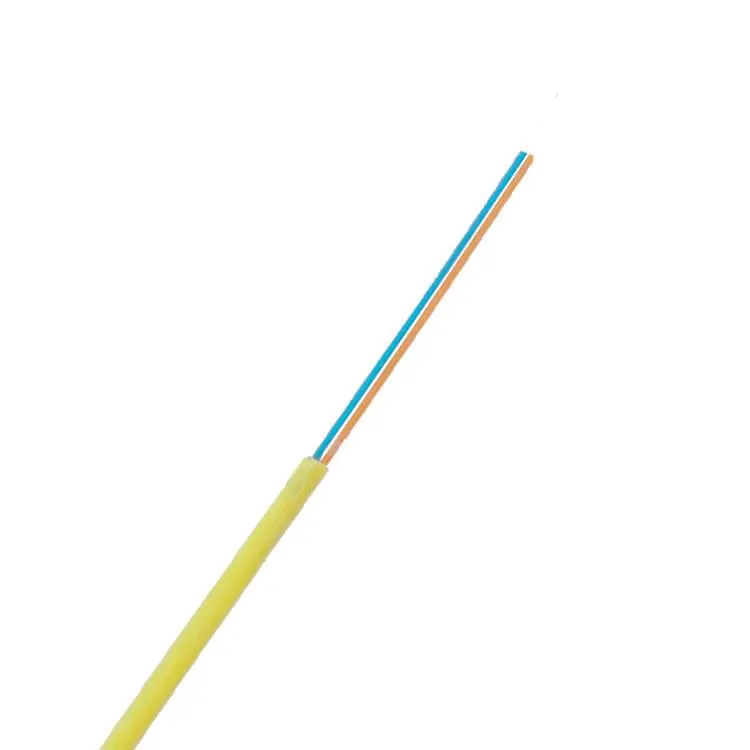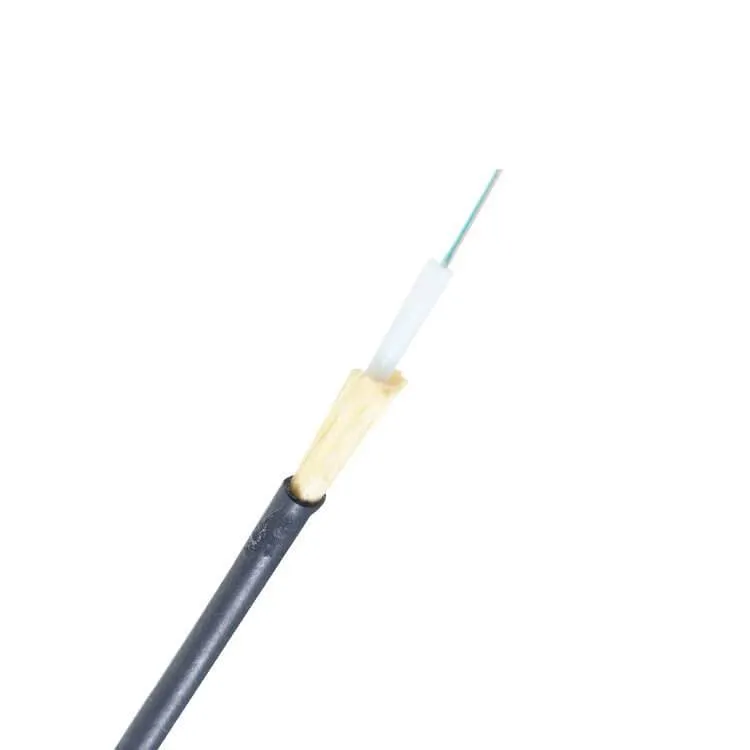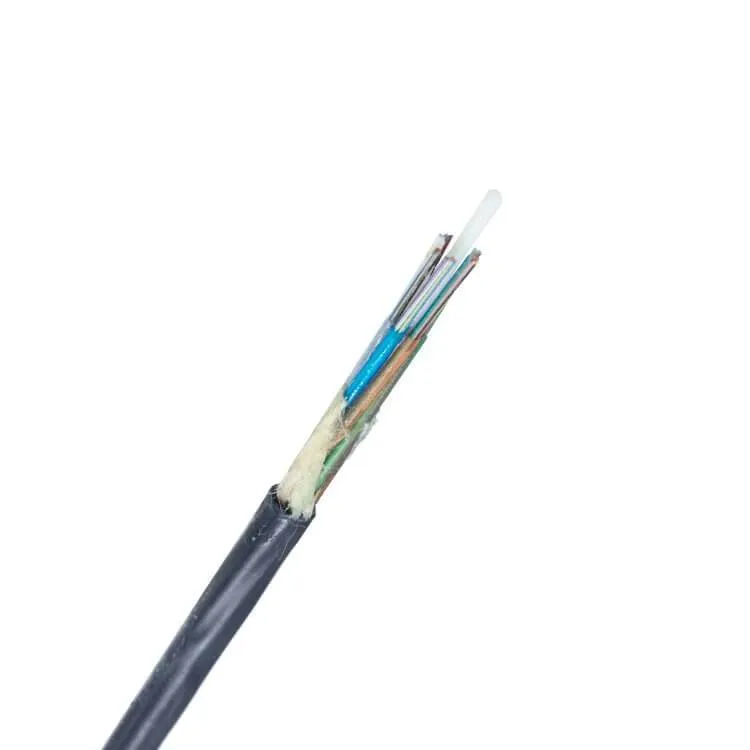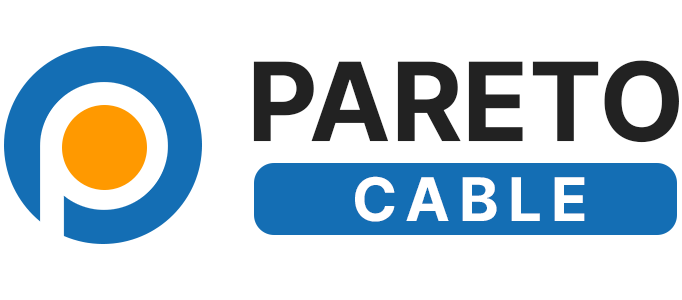In today’s digital age, the demand for high-speed, reliable communication networks has never been greater. From remote work and online education to streaming services and IoT devices, our daily lives increasingly depend on fast and efficient connectivity. To meet these growing demands, innovative technologies are constantly emerging to enhance network infrastructure. One such groundbreaking development is air blown fiber optic cable.
What is Air Blown Fiber Optic Cable?



Air blown fiber optic cable is a modern method of deploying fiber optic cables. It involves blowing small-diameter cables through pre-laid pipes or microtubes using compressed air. This technique offers several advantages over traditional cable installation methods, making it a preferred choice for many network providers and infrastructure projects.
Key Benefits of Air Blown Fiber Optic Cable
- Efficient Installation: Air blowing technology significantly speeds up the deployment of fiber optic cables, reducing installation time and minimizing disruptions to existing infrastructure. This is particularly beneficial in urban areas with limited space and complex underground networks.
- Cost-Effective: By reducing the need for extensive excavation and backfilling, air blown fiber optic cable can lead to significant cost savings. This makes it an attractive option for network operators seeking to optimize their investments.
- Flexibility and Scalability: The small diameter of air blown fiber optic cables allows them to be easily installed in existing microduct networks, providing flexibility and scalability for future network expansions. This enables network providers to adapt to changing demands and technological advancements.
- High-Performance Transmission: Despite its compact size, air blown fiber optic cable can deliver high-speed data transmission capabilities. This is essential for supporting demanding applications such as 5G networks, video streaming, and cloud computing.
- Environmental Friendliness: Air blown fiber optic cable installation typically involves less disruption to the environment compared to traditional methods that require extensive excavation. This makes it a more sustainable option for network infrastructure projects.
Applications of Air Blown Fiber Optic Cable
Air blown fiber optic cable is suitable for a wide range of applications, including:
- Urban Infrastructure: Deploying fiber optic cables through existing underground pipes or microduct networks in cities can help improve connectivity and reduce the need for additional infrastructure.
- Rural Areas: Air blowing technology can be used to extend broadband connectivity to rural and underserved areas, bridging the digital divide.
- Enterprise Networks: Businesses can benefit from the high-speed and reliable connectivity provided by air blown fiber optic cables to support their operations and meet the demands of their employees and customers.
- Data Centers: Air blown fiber optic cables can be used to connect data centers and other critical infrastructure, ensuring high-performance data transmission.
Conclusion
Air blown fiber optic cable is a revolutionary technology that offers significant advantages over traditional cable installation methods. Its efficiency, cost-effectiveness, flexibility, and high-performance capabilities make it an ideal choice for building and expanding modern communication networks. As the demand for high-speed internet continues to grow, air blown fiber optic cable will play a crucial role in providing reliable and scalable connectivity solutions.
